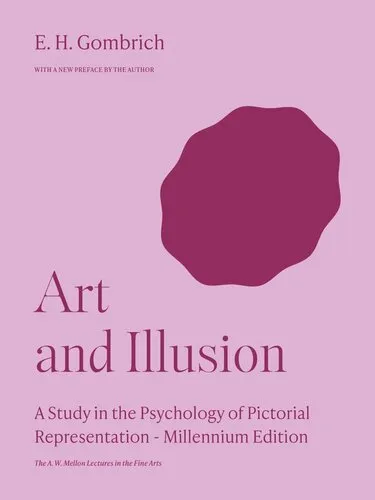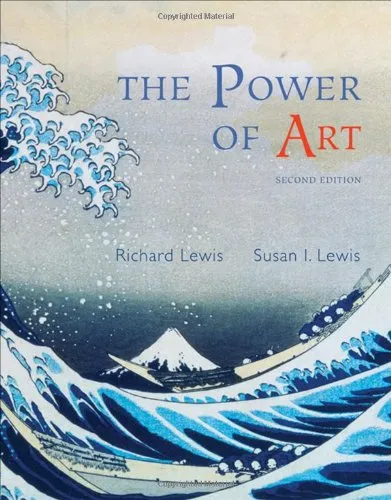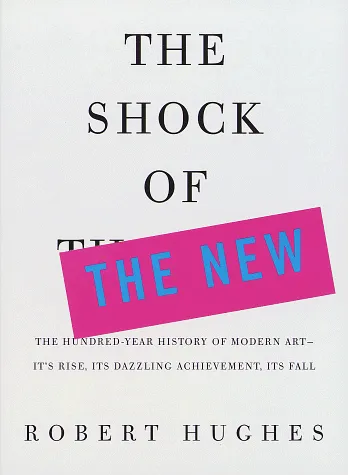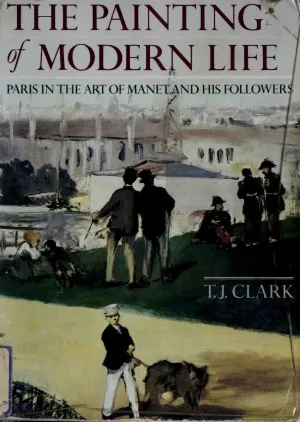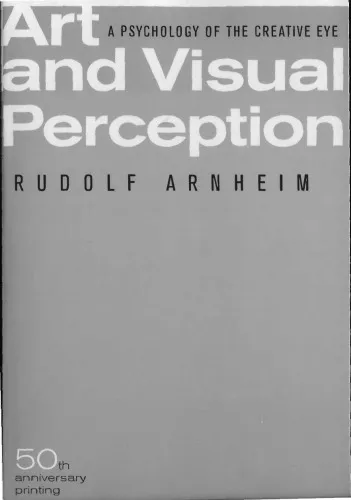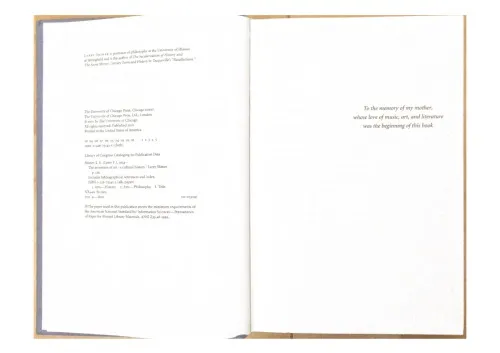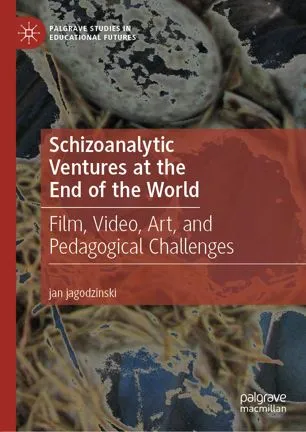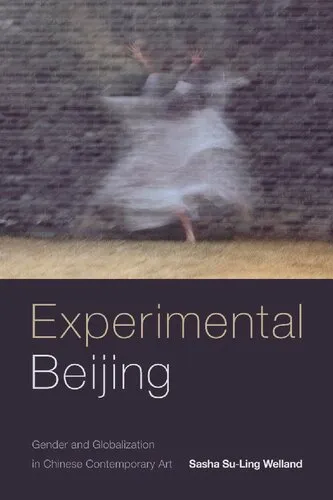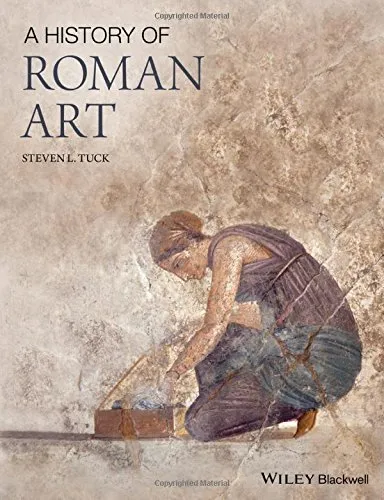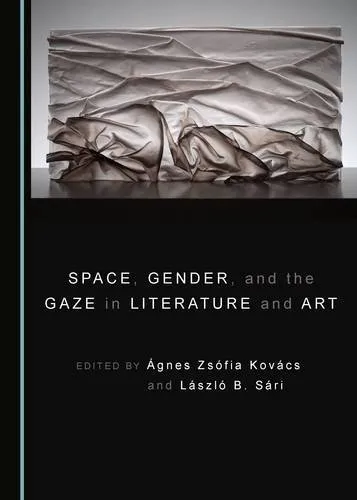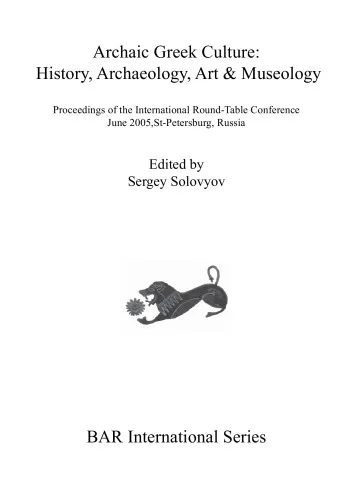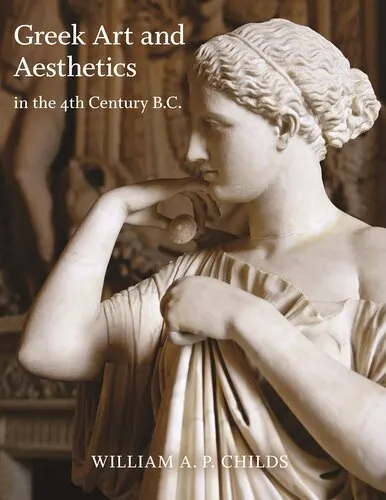How to Make Art at the End of the World: A Manifesto for Research-Creation
4.5
بر اساس نظر کاربران

شما میتونید سوالاتتون در باره کتاب رو از هوش مصنوعیش بعد از ورود بپرسید
هر دانلود یا پرسش از هوش مصنوعی 2 امتیاز لازم دارد، برای بدست آوردن امتیاز رایگان، به صفحه ی راهنمای امتیازات سر بزنید و یک سری کار ارزشمند انجام بدینکتاب های مرتبط:
معرفی کتاب 'How to Make Art at the End of the World: A Manifesto for Research-Creation'
کتاب 'How to Make Art at the End of the World: A Manifesto for Research-Creation' نوشته ناتالی لاولس، یکی از آثار برجسته در زمینه پیوند هنر و تحقیق است که در آن مفهوم Research-Creation به عنوان یک روش نوین در تعامل میان هنر و علوم انسانی بررسی میشود.
خلاصهای از کتاب
ناتالی لاولس در این کتاب به بررسی چگونگی آفریدن هنر در زمانی میپردازد که جهان با بحرانها و چالشهای بیسابقهای روبروست. او با تأمل در مورد مفهوم Research-Creation، تلاش میکند که شیوهای منحصر به فرد در مواجهه با این چالشها ارائه دهد. این کتاب نه تنها به بحثهای نظری میپردازد بلکه نمونههایی عملی از پروژههایی که به واسطه Research-Creation انجام شدهاند را نیز معرفی میکند. نویسنده با تأکید بر اهمیت میانرشتهای بودن، پیشنهاد میکند که خلق هنر باید نه تنها به عنوان یک عمل زیبایی شناختی بلکه به عنوان یک روش برای تولید دانش تلقی شود.
نکات کلیدی
- تبیین مفهوم Research-Creation به عنوان پلی بین هنر و علوم انسانی.
- پیشنهاد راهکارهایی برای خلق هنر در زمانی که جهان در حال مواجهه با تغییرات اساسی است.
- تأکید بر اهمیت میانرشتهای بودن و چگونگی ترکیب تحقیقات علمی با فرآیندهای هنری.
- ارائه مثالهایی روشن از پروژههای موفق که از روش Research-Creation استفاده کردهاند.
جملات معروف کتاب
"خلق هنر در این زمان به مثابه یافتن راهی در میان آشوب است، راهی که بتواند زندگی را بازسازی کند و امید را به جامعه تزریق نماید."
"Research-Creation نه تنها یک روش بلکه یک دیدگاه است؛ پلی میان آنچه میدانیم و آنچه میتوانیم خلق کنیم."
چرا این کتاب اهمیت دارد؟
در عصری که بحرانهای محیطی، اجتماعی و فرهنگی بیداد میکند، یافتن راهکارهای نوین برای خلق هنر بیش از پیش ضروری به نظر میرسد. ناتالی لاولس با ارائه دیدگاه Research-Creation، افقهای جدیدی را پیش روی هنرمندان و محققان میگشاید. این کتاب به دلیل رویکرد میانرشتهای و کاربردی خود، میتواند الهامبخش کسانی باشد که به دنبال پیوندی مستحکمتر میان هنر و علم هستند. کتاب نه تنها نظریهای جذاب ارائه میدهد بلکه ابزارها و روشهایی عملی را نیز برای کسانی که به دنبال تفاوتی آشکار در دنیای هنر و علوم انسانی هستند، فراهم میآورد.
در نهایت، کتاب 'How to Make Art at the End of the World' سفری است به سمت شناخت عمیقتر و گستردهتر از چگونگی خلق هنر در زمانهای بحرانی و توفانی، و به عنوان یک بیانیه برای روش Research-Creation، پل ارتباطی نوینی بین جهان هنر و علوم ایجاد کرده است.
Introduction
Welcome to an exploration of how art responds to, interacts with, and is informed by the crises and challenges of our times. "How to Make Art at the End of the World: A Manifesto for Research-Creation" by Natalie Loveless dives into the synergy between art, research, and innovative creativity, presenting a guide for those who engage in both academic inquiry and artistic expression.
Detailed Summary
The book is designed for artists, academics, and researchers who are at the intersection of artistic practice and scholarly research, what Loveless calls "research-creation." This term encompasses an interdisciplinary methodology that integrates creative and academic practices. Loveless argues that the challenges we face today, from environmental crises to socio-political upheavals, demand a reimagining of how art is conceptualized and created. She suggests that art must do more than reflect the world; it must actively engage with it, providing new ways of thinking and being.
Through a combination of theoretical discourse and practical examples, Loveless outlines the responsibilities of artists to the world. She emphasizes that research-creation is not just about producing artwork but about impacting the world meaningfully. The book also explores the academic structures that might support such hybrid practices, urging institutions to open spaces for this kind of work.
Key Takeaways
- Research-creation involves a blend of traditional research and artistic expression, fostering new methodologies that go beyond conventional academic and artistic practices.
- Art should not only be reflective but should also intervene in and engage with the world, pushing boundaries and offering transformative insights.
- Institutional support is necessary for the flourishing of research-creation, requiring a rethinking of academic norms and hierarchies.
- The role of the artist is both a creator and a critical thinker, contributing to knowledge production and societal change.
Famous Quotes from the Book
"In a world teetering on the edge of ecological and political collapse, the role of art must be interrogated, expanded, and harnessed for its potential to initiate change."
"Research-creation challenges us to rethink the dichotomies of art versus science and creation versus critique."
Why This Book Matters
In an era defined by significant global challenges, "How to Make Art at the End of the World" is an essential read for anyone interested in the power of art to drive change. Loveless makes a compelling case for a reorientation of artistic practice toward activism and interventional strategies. This book matters because it calls for a new kind of artist-researcher hybrid dedicated to addressing urgent social and environmental issues through innovative means.
The book provides both a theoretical foundation and pragmatic guidance, making it a valuable resource for educators, artists, and thinkers who see the potential of art as a force for good in the world. By advocating for research-creation, Loveless opens up a platform for dialogue and creative exploration, encouraging a generation of artists to enact meaningful change.
دانلود رایگان مستقیم
شما میتونید سوالاتتون در باره کتاب رو از هوش مصنوعیش بعد از ورود بپرسید
دسترسی به کتابها از طریق پلتفرمهای قانونی و کتابخانههای عمومی نه تنها از حقوق نویسندگان و ناشران حمایت میکند، بلکه به پایداری فرهنگ کتابخوانی نیز کمک میرساند. پیش از دانلود، لحظهای به بررسی این گزینهها فکر کنید.
این کتاب رو در پلتفرم های دیگه ببینید
WorldCat به شما کمک میکنه تا کتاب ها رو در کتابخانه های سراسر دنیا پیدا کنید
امتیازها، نظرات تخصصی و صحبت ها درباره کتاب را در Goodreads ببینید
کتابهای کمیاب یا دست دوم را در AbeBooks پیدا کنید و بخرید
1517
بازدید4.5
امتیاز0
نظر98%
رضایتنظرات:
4.5
بر اساس 0 نظر کاربران
Questions & Answers
Ask questions about this book or help others by answering
No questions yet. Be the first to ask!


